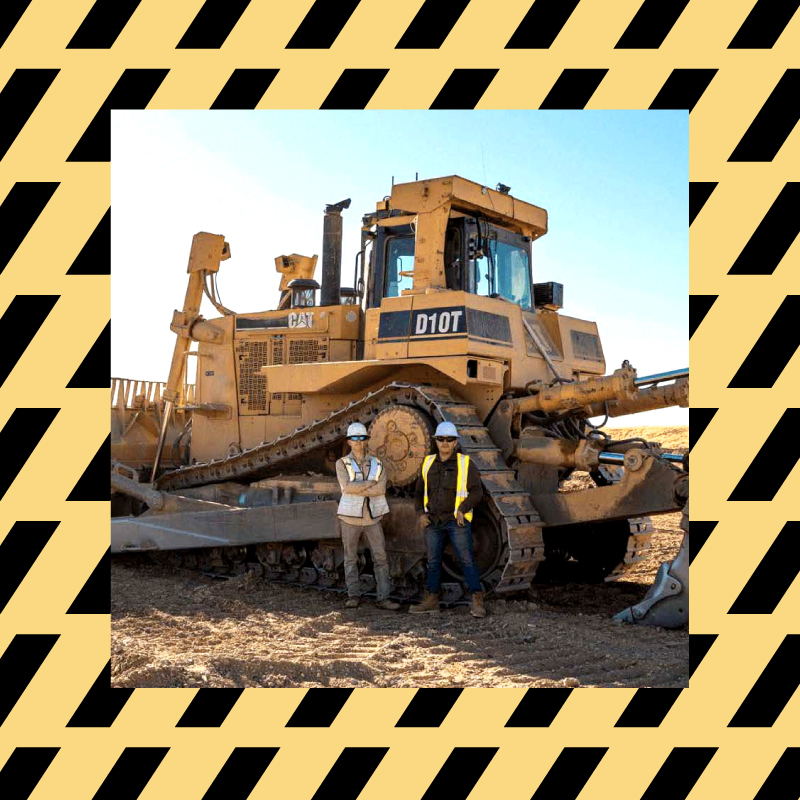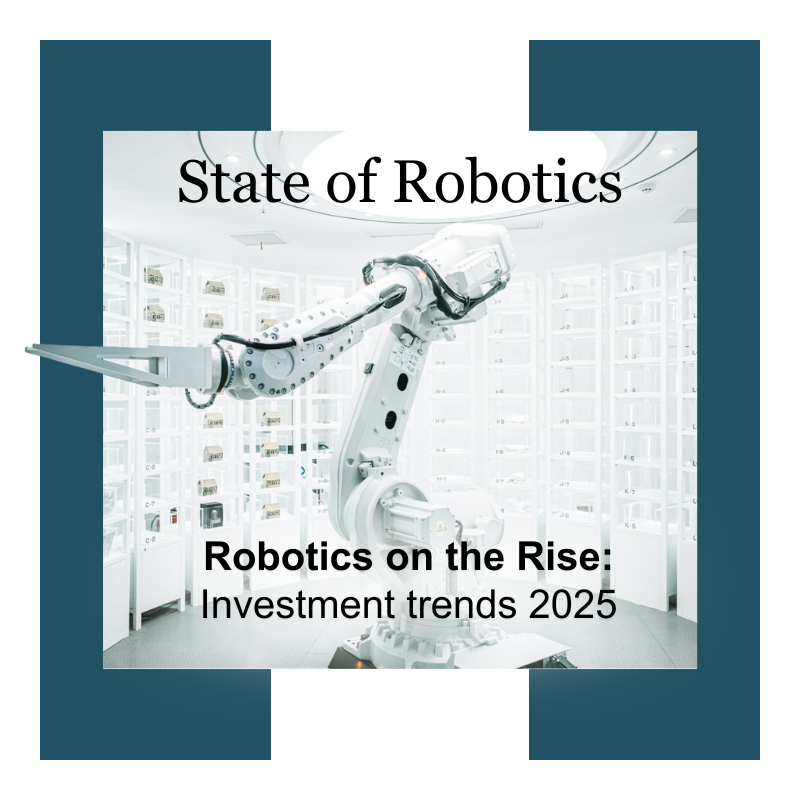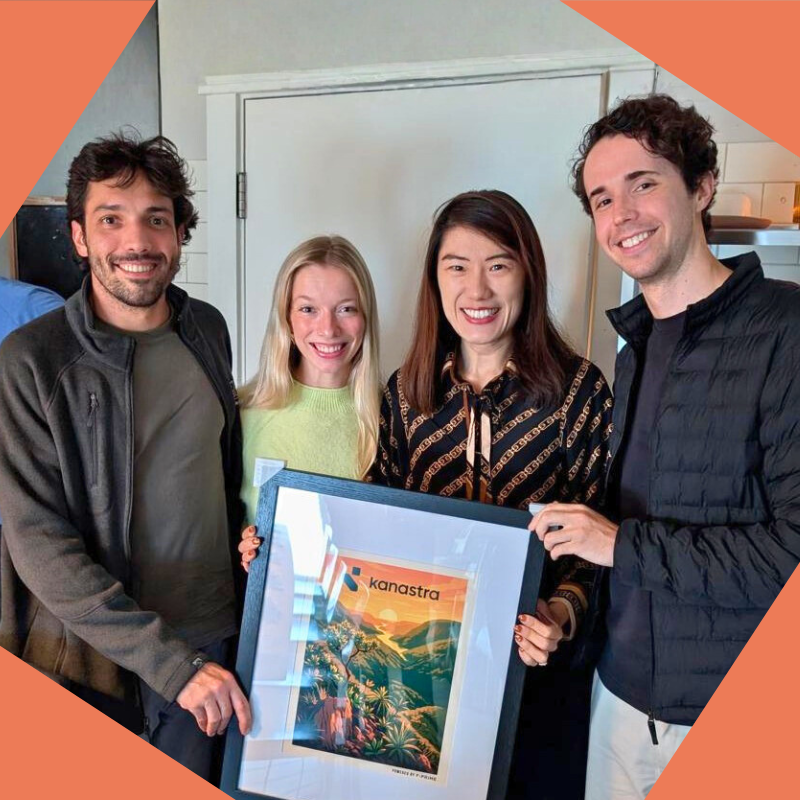The Next Wave of Autonomous Vehicles

The Next Wave of Autonomous Vehicles
Announcing our investment in Teleo
Six years ago, in March 2016, GM’s $500M acquisition of Cruise sparked the AV race. Within the next twelve months, Uber acquired Otto for $680M, Waymo was spun out from Google, and future unicorns Argo AI, Nuro, and Aurora were founded. Over the ensuing six years, these companies alone raised over $25 billion, and numerous other AV start-ups were launched. However, the path to autonomy has proven to be a difficult one. Despite massive capital investments, only in the last few months have Cruise and Waymo received permits to operate driverless robotaxis in select areas of San Francisco and Phoenix, though coverage areas are limited, the ride experience is more of an MVP than a fully-fledged service, and expansion to other parts of the US will take many more years.
One by-product of the excitement and technology development around autonomous vehicles has been entrepreneurs beginning to explore non-consumer use cases for AV. There are massive markets for industrial vehicles used in sectors such as construction, mining, agriculture, and logistics that are ripe for automation. Entrepreneurs have recognized that these markets are large, the value proposition for autonomy is high, and the path to success is less daunting than that for passenger vehicles.
The value proposition for industrial autonomy is compelling across many dimensions. These vehicles often operate in challenging or hazardous environments, leading to high safety risk and low operator willingness to take these jobs. Reducing reliance on human operators has obvious safety benefits and minimizes escalating costs and project delays when skilled operators are increasingly difficult to find. Technologically, the operating environment for these vehicles is more constrained and less complex than passenger roads, resulting in much faster development cycles. Also, the vehicles operate at low speed, meaning the solutions are more fault tolerant and often enable a remote, human-in-the-loop strategy to overcome issues or to deal with complex situations. The last point is particularly interesting as many of the solutions enable operators to remotely oversee multiple autonomous vehicles at a time, thus enabling people to intervene when needed to overcome complex situations, while routine tasks are automated.
We are also starting to see increased interest in the technology from leading OEMs of industrial vehicles. For example, John Deere has made 2 large acquisitions — Bear Flag Robotics (autonomous tractors) and Blue River Technology (autonomous spraying), and Caterpillar has launched an autonomous mining vehicle. The interest from OEMs is important as they are critical technology partners, they heavily influence customers and the dealer networks that are required to scale, and they help create a vibrant funding ecosystem.
At F-Prime, we are strong believers that this next wave of autonomy is ripe for investment, and we are excited to announce our most recent investment in Teleo. Teleo is targeting the mining and construction industry with an OEM-agnostic autonomous technology to retrofit contractors’ existing heavy equipment, turning them into semi-autonomous robots. The solution enables an operator to remotely oversee multiple machines from the comfort of a desk, thereby improving labor productivity, minimizing safety risk, and expanding access to these jobs. Furthermore, Teleo has seen significant interest in their solution from existing dealer networks, which they are leveraging for sales, service, and support. These dealers are highly trusted suppliers to the end customers whom they serve and are an important channel for educating the market of the value of automation.
Teleo is a great example of the next wave of AV companies, though there are many others. Burro, also an F-Prime portfolio company, is building an autonomous vehicle for transporting manually harvested row crops from the field to a packing station. This highly labor-intensive, low-skilled activity, often conducted in peak summer temperatures, is perfectly suited for automation. Fox Robotics and Third Wave Automation are building autonomous forklifts for warehouse operations. Movement of pallets in and out of trucks and around a warehouse is a significant source of labor cost in logistics centers, yet in most situations is a highly routine activity that should be automated. Electric Sheep Robotics is automating commercial lawnmowers. Commercial land maintenance is a massive market with largely routine activities which can be automated. These are just a few of the many examples, and the pace of development is only increasing. At F-Prime, we are incredibly excited to see the next wave of autonomy transform these legacy industries through higher productivity, improved safety, and greater worker satisfaction.


